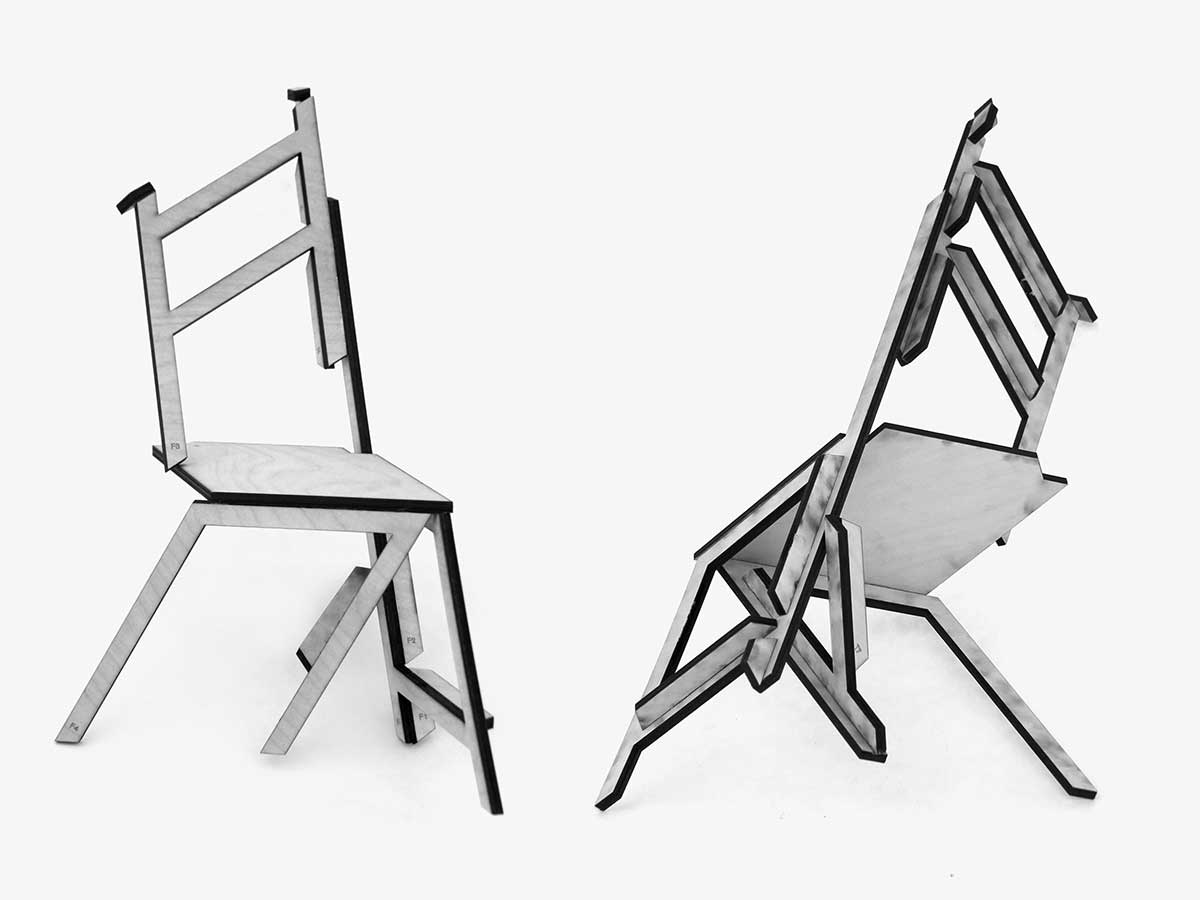
Rules, habits and definitions arise from agreements that humans have made to construct a reality that we can all understand. These parameters create order within ourselves and our environment, allowing this world to function. However, I wonder whether an excess of automated behavior restricts our ability to experiment with new ways of making and delight in the unexpected.
Due to my graphic design background and my lack of knowledge of 3d software, I am interested in exploring how to construct physical objects using graphic design tools. Through this process, objects turn into unexpected forms between the 2d and 3d realm, the known and the unknown, leaving space for endless interpretations.
All methods used share the ability to distort, which, Jacques Aumont suggests in the book The Image, is an effect directly related to innovation. Most of the time, for a work to show what Aumont calls “formal freshness,” it must pay the cost of appearing distorted. Such distortion can only happen to a legitimate form.
Influenced by artistic movements and techniques that manipulate and distort vision, perspective and form, such as Cubism, Defamiliarization, Anamorphosis, and Multistability, I am interested in presenting ordinary objects in unusual ways. In doing this, I seek to raise questions about perception and enable viewers to experience more than simply the pure functionality of objects.